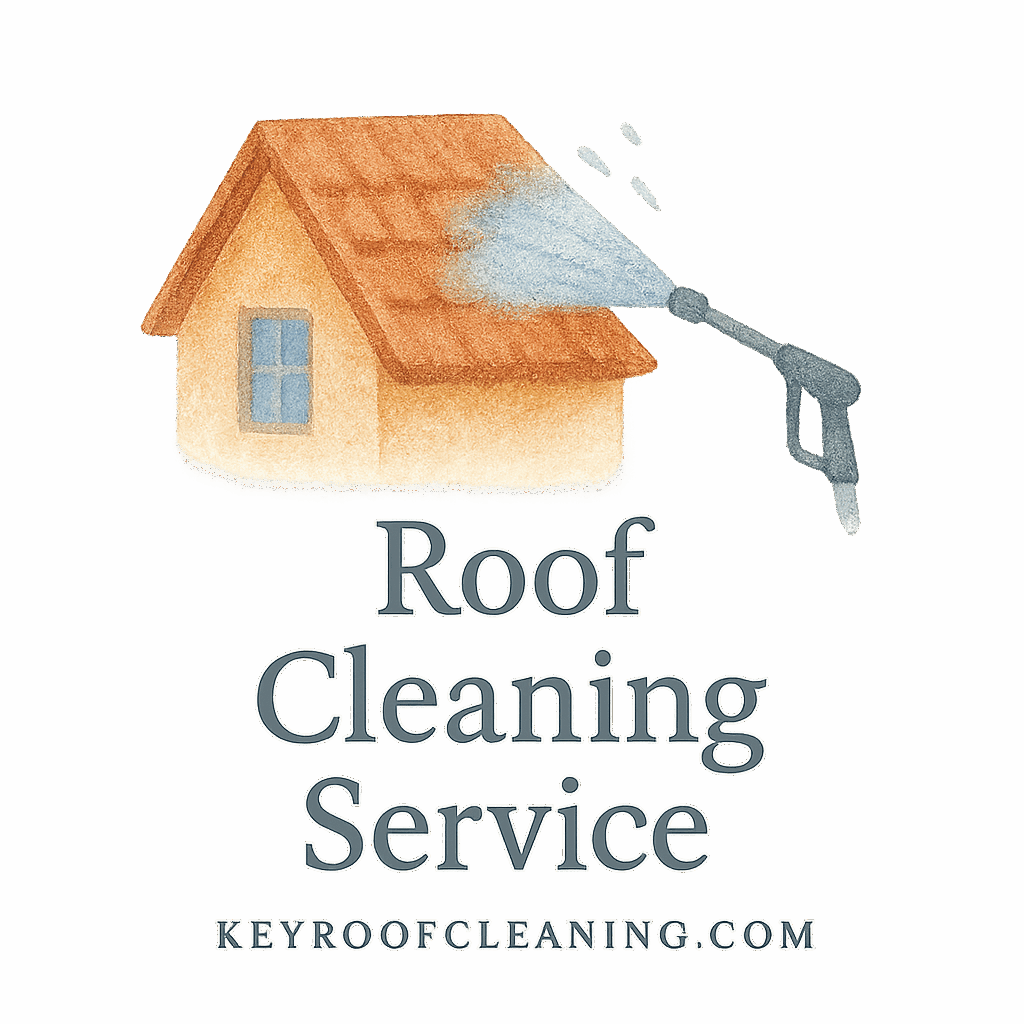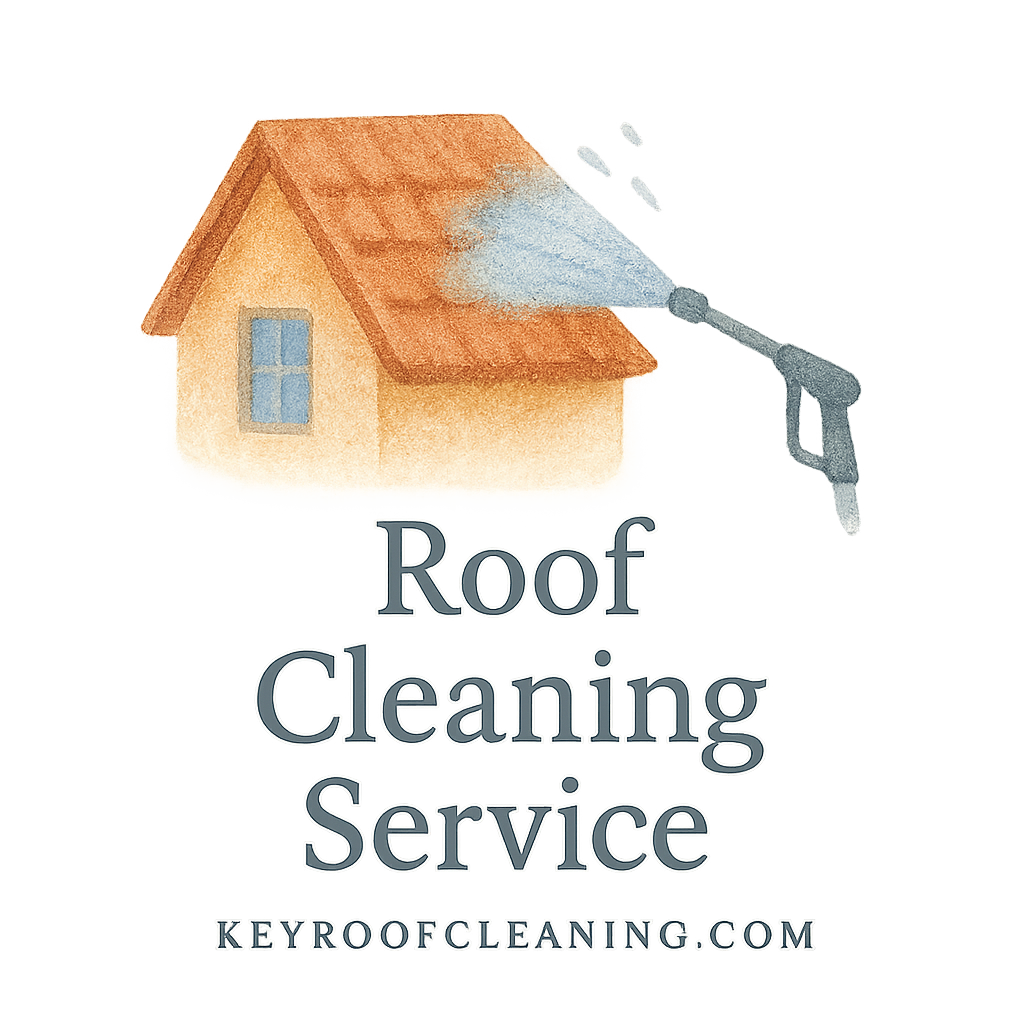Your roof is your home’s unsung hero. It braves rain, wind, heat, and debris day in and day out—so it only makes sense to show it some love! Proper roof cleaning maintenance not only makes your home look great, but it also saves you big bucks in repairs later on.
Let’s dive into 10 practical tips you can start using right now for long-lasting roof results.
Why Roof Cleaning Maintenance Matters
Protecting Your Home Investment
Your roof can make up nearly 40% of your home’s exterior. Regular maintenance keeps that investment secure and prevents long-term issues like rot, leaks, and premature aging.
Learn more about the basics of roof cleaning to understand why starting early is key.
Preventing Health Hazards and Leaks
A dirty, moldy roof isn’t just an eyesore—it can lead to unhealthy air inside your home. Algae, mold, and mildew growth often spread to attics and walls, leading to respiratory issues and damage.
Tip #1: Clean Gutters Regularly
Gutter Overflow Can Damage Roof Edges
Clogged gutters are a recipe for disaster. They allow water to back up under your shingles, causing rotting and leaks.
Seasonal Gutter Cleaning Tips
Clean your gutters every fall and spring. Remove leaves, branches, and muck that collects over time. Don’t forget to check the downspouts!
For a safe cleaning experience, check our page on maintenance and safety.
Tip #2: Inspect for Mold, Algae, and Lichen
How Growth Affects Roof Integrity
Green or black streaks on your roof? That’s likely algae or moss. Left untreated, these organisms eat away at your shingles, weakening your roof.
Use of Biodegradable Roof Cleaning Solutions
Go green! Use biodegradable roof cleaners that are tough on grime but gentle on the environment. They’re also safer for pets, kids, and landscaping.
Browse the best options on our tools and products page.
Tip #3: Schedule Biannual Roof Inspections
What a Professional Should Look For
A certified roof inspector will check for cracked tiles, damaged flashing, and early signs of leaks—things that are easy to miss from the ground.
When to DIY vs Hire Pros
If you have a delicate roof like clay or slate, hire a pro. It’s cheaper to inspect than to replace cracked tiles!
Need help choosing? Our hiring tips guide makes finding a roofer stress-free.

Tip #4: Use Eco-Friendly Roof Cleaning Techniques
Why Green Cleaning Methods Matter
Traditional chemical cleaners can wash off and harm the local ecosystem. Instead, use eco-friendly and green methods that are just as effective without the toxic aftermath.
Avoiding Damage to Delicate Roof Types
Some materials like cedar or clay can crack under harsh chemical treatment. Read up on your roof types and materials to choose the right cleaning method.
Tip #5: Pressure Wash Only When Necessary
Pros and Cons of Pressure Washing
Pressure washing can quickly remove dirt, but it may also damage shingles, lift granules, or lead to water underlayment issues.
Safer Alternatives to High-Pressure Cleaning
Soft washing is a gentler method that uses low-pressure water and specialized solutions—ideal for tile roof or asphalt shingles.
Dive deeper into roof cleaning techniques to find the safest approach.
Tip #6: Trim Overhanging Tree Branches
Preventing Leaf Buildup and Moss Growth
Branches over your roof drop leaves and create the perfect moist environment for moss and algae. Trim back anything within six feet of your roofline.
This not only improves air circulation but also minimizes critters making their way into your attic.
Tip #7: Avoid Standing Water or Ponding
Signs of Poor Drainage on Your Roof
Flat or low-slope roofs are particularly vulnerable to ponding. Watch for areas where water pools after rain—it’s a sign that your roof’s drainage needs work.
Fixing Flat Roof Water Issues
Check for clogged drains, sagging areas, or damaged membranes. A little repair today saves a full replacement tomorrow!
Tip #8: Apply Roof Treatments Annually
Algae-Resistant Coatings and Products
Specialty coatings repel moisture and prevent algae from sticking to the surface. This helps keep your roof looking new for years.
Choosing the Right Roof Treatment Tools
Browse our roof cleaning tools and products guide for sprayers, brushes, and solutions that won’t void your roof’s warranty.
Tip #9: Practice Proper Ladder Safety
OSHA Guidelines and Personal Protective Equipment
Falls are the most common cause of injuries during roof cleaning. Follow OSHA standards, always use stabilizers, and never climb alone.
Hiring Professionals vs DIY Safety Risks
If you’re unsure, hire a professional service. It’s often more affordable than risking your health.
Also check our ladder safety guide before your next roof chore.
Tip #10: Create a Roof Maintenance Checklist
Seasonal and Annual Task Planning
Consistency is key. A good checklist keeps you on top of small issues before they grow into big ones.
Using a Printable Roof Maintenance Guide
Download or create a printable guide to stick on your garage fridge. Mark when you’ve completed each task—easy and effective!
Conclusion: Make Roof Longevity a Priority
Your roof silently protects your home day in and day out. Giving it the care it deserves through smart, routine maintenance keeps it strong for decades. By following these 10 tips, you won’t just extend your roof’s life—you’ll save money, reduce waste, and enjoy peace of mind.
And don’t forget: if you’re serious about green living and environmental responsibility, visit our green living and sustainability pages to learn how roof maintenance fits into a larger eco-conscious lifestyle.
FAQs
1. How often should I clean my roof?
Twice a year is a good rule of thumb—spring and fall. But inspect more often if you live in a tree-heavy or humid area.
2. Are eco-friendly cleaners as effective as chemical ones?
Yes! Many eco-friendly cleaners are just as powerful without the environmental risks.
3. Can I pressure wash my roof myself?
It’s not recommended unless you’re experienced. Improper use can cause damage. Use safer cleaning methods like soft washing instead.
4. How do I know if my roof needs professional attention?
Visible sagging, mold streaks, or leaks are red flags. When in doubt, check our roof cleaning blog section.
5. What is the best season to schedule a roof cleaning?
Spring or early fall, when the weather is dry and mild—perfect for inspections and treatments.
6. What safety equipment should I use when cleaning my roof?
Always follow OSHA guidelines: harnesses, gloves, non-slip shoes, and helmet are must-haves.
7. Can roof maintenance help with energy efficiency?
Absolutely! A clean roof reflects heat better and prevents heat buildup inside your attic.


